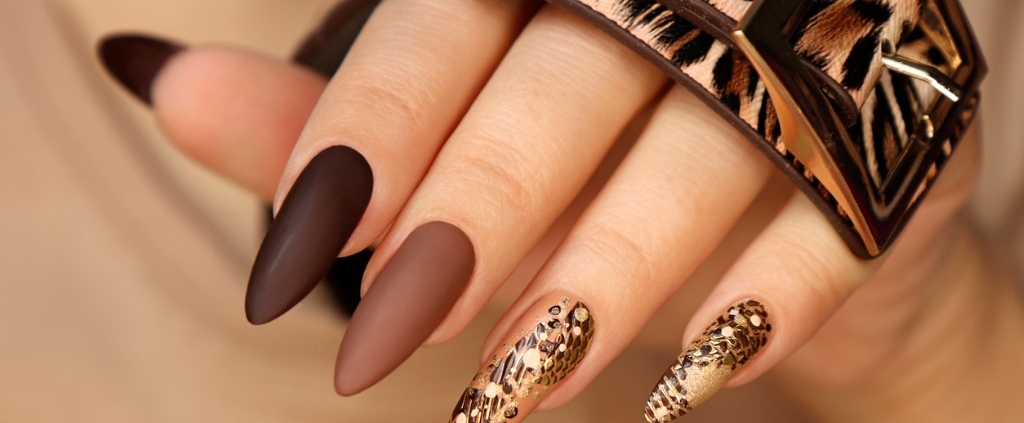Nail extension
Many women use “artificial nails” when they want to look prettier or when they cannot lift their nails. Artificial nails are not harmful in themselves, but their placement and removal are done with the use of harmful acids and chemicals, which sometimes cause allergic reactions. Damage to artificial nails can also lead to fungal infections and other problems.
Types of artificial nails
Artificial nails are divided into two main types: acrylic and gel. The third type is silk and is often used to repair damaged nails or to strengthen artificial nails.
Acrylic nails
These plastic nails are the most popular choice. To prepare these nails, they create a powder with a mixed liquid and a hard shell on the nails.
Since real nails are always growing, eventually there will be a small gap between the cuticle and the acrylic nail. As a result, you should go to the salon every 2-3 weeks to repair the gaps or do it yourself. The chemicals in fillers weaken your natural nails.
If you already have a fungal infection, using artificial nails can make the disease worse or may cause other problems.
Jelly nails
These nails are more expensive and durable than acrylic nails and can be varnished like natural nails. To dry the nail polish is placed under purple UV light to harden.
UV light increases the risk of skin damage, wrinkles and age spots. If this light shines too much, it increases the risk of skin cancer. But so far there have been no reports of skin cancer caused by exposure to UV lamps – even among manicurists who work with the lamp all day.
Possible problems after nail implantation
Artificial nails damage the original nails. We recommend that you consider the following complications before deciding to have a nail implant:
Allergic reaction: Chemicals used to attach or remove artificial nails cause skin irritation. You may notice redness, infection, or swelling around your nails.
Bacterial or fungal infections: If the artificial nail touches something firmly, it is possible for the original nail to come out of the bed and germs, yeasts or fungi will enter the gap over time. The sign of a bacterial infection is the greening of the nails. The sign of nail fungus is either white or yellow, after a while the nail becomes thick with the fungus and in severe cases may fall out. So if you suspect any infection, see your doctor.
Weakening of natural nails: To remove acrylic or gel nails, you need to put your fingers in the stone for 10 minutes or more. This chemical causes excessive drying of natural nails and causes skin irritations. Sometimes a scraper or special tool must be used to remove them. This will make your natural nails thin, brittle and weak.
What can be done?
If you like nail implants, these tips will help you maintain a better quality of your nails:
If you have nail fungus, avoid using artificial nails. Artificial nails are not a good way to cover nail problems.
Use nails that do not need to be scraped and removed using a solvent.
Ask your manicurist not to push the cuticle too far back or too short. The cuticle helps protect the skin against infection.
Choose a salon that uses LED bulbs to dry nail polish, these bulbs have less UV rays. Apply a UVA / UVB sunscreen to your hands before going under the light.
Apply a moisturizing cream to your nails, especially after dipping them in acetone.
Rest your nails once every two months and remove the artificial nails. By doing this, your real nails will be allowed to breathe and can repair themselves from the negative effects of chemicals.





